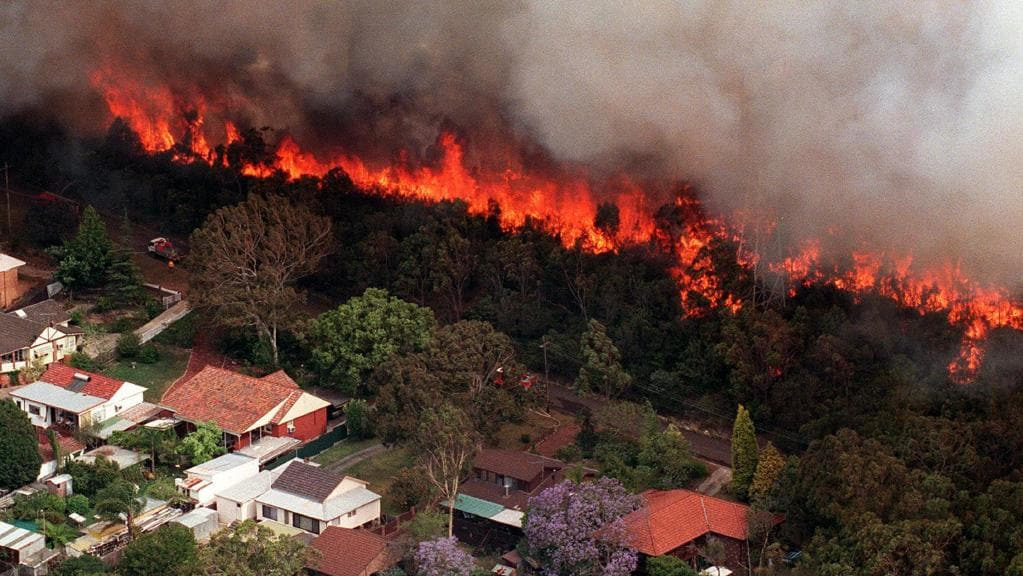
Summer is well and truly here, and one thing that residents of Australia know is that with the warmer weather comes the increased risk of Bushfires. Whether you have an existing Mandurah Home or you are currently in construction with one of the Builders in Mandurah, there are steps that you can take to reduce the risk of bushfire damage on your home.
Losing your home to fire is a devastating experience with huge emotional and financial costs. While it may not be possible to completely fire-proof your existing home, there are things you can do to reduce the flammability of the home. We all have a responsibility to reduce the risk of bushfire. One way you can help protect your property is to create a circle of safety (building protection zone) around the building.
- Create a 20 metre circle of safety around your home and other buildings by clearing all rubbish, long dry grass, bark and material that may catch fire.
- Prune lower branches (up to two metres off the ground) to stop a ground fire spreading into the canopy of the trees.
- Clear vegetation along the boundary of your property to create a firebreak. Make sure you meet your local government’s firebreak requirements.
- Cut long grass and dense scrub.
Simple measures such as clearing the leaves out of your gutter and keeping your lawns mown short can make all the difference in protecting your home in the event of a bushfire.
You should keep leaves clear of all gutters, roofing and downpipes both before and during the bushfire season to prevent fi re-entering through your roof. Consider installing metal leaf gutter guards to prevent litter build up. Check the roof for any broken tiles or dislodged roofing materials and ensure repairs are completed before the bushfire season. Don’t have gaps that would allow embers into the roof space; if there are gaps seal them.
Do a full inspection of your external walls to check they are in good condition. Check for gaps in the walls and block them. If there are any broken bricks, decaying timber or damaged cement sheeting, repair the wall so that embers cannot lodge in the gaps
Ensure that under steps, verandahs, patios and balconies there are no combustible materials. Clear out leaf litter and grass and don’t store wood, rubbish, building materials or anything that might catch alight in a bushfire close to the building. Replace combustible welcome mats with non-combustible versions and move them back from the steps a short distance.
Check driveways and access tracks are clear of trees and are in good condition for use by fi re appliances. Ideally fi re service access needs to be 6 metres wide (trafficable surface) with a 4 metre vertical clearance. If you have gates ensure they are in good working order and check that locks can be easily locked or unlocked with a key. Consider leaving your gates unlocked if a bushfire is in the area so that emergency services can gain easy access to protect your property.
Next you can look at the materials your Mandurah Home is made from and consider if there are alternatives which are less likely to burn, for instance replacing existing glass windows with special fire-resistant glass. Some other options include fitting external window shutters, using fire-resistant timber cladding or compressed concrete cladding, using steel framing as an alternative to timber and for those who have a “stay and defend” plan in the event of a bush fire you could consider setting up a sprinkler system which saturates your home and immediate yard using stored water rather than relying on water mains.
You must always remember to check out the building standards your council or shire have in place and talk to the experts such as Mandurah Builders as they can give you great ideas for fire-proofing your home. If you are restricted by finances in what you can do to adapt your home, it may be worth speaking to your shire or council to see if they offer rebates for improving the resilience of your home, or even shop around in salvage yards for discounted building materials.


